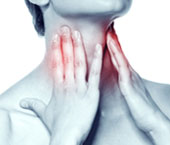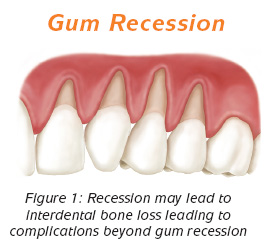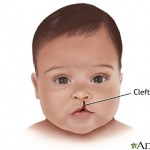1)Â Â Â Â Â Epstein pearls:
They are whitish yellow nodules found in the midline of your infant’s palate (the roof of your mouth). The nodules are around 1 to 3mm in size. Do not worry as they are just a result of epithelial tissues trapped during the fusion of the palate. There is no treatment needed if your baby has Epstein pearls as they will disappear within 1 to 2 weeks of birth. Continue reading






